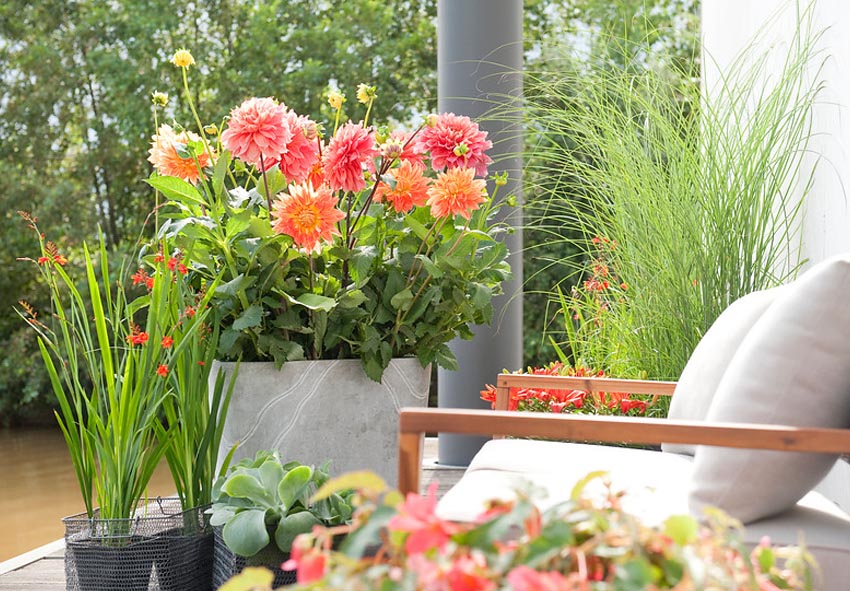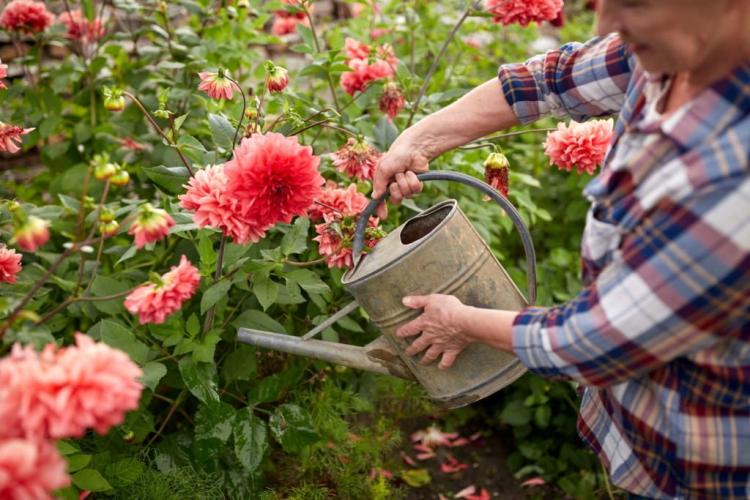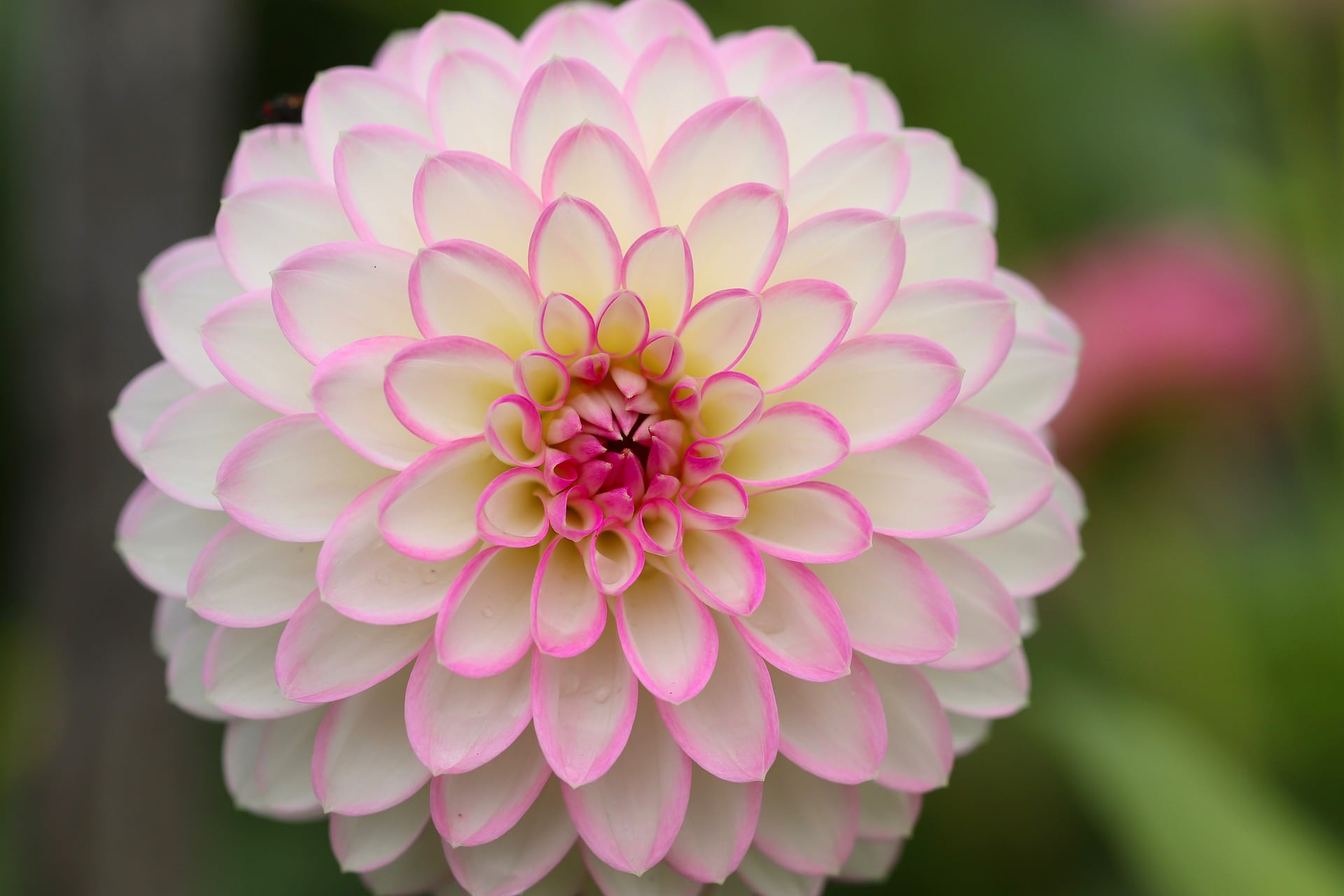The Delicate Balance of Watering Dahlias
Proper watering is essential for dahlias to thrive. Without adequate moisture, these beautiful flowers can quickly succumb to drought, while overwatering can lead to root rot and other problems. Finding the right balance is crucial, as dahlias require consistent moisture, especially when they’re producing buds and blooms. The question of how often to water dahlias is a common concern among gardeners, and the answer depends on various factors, including the soil type, climate, and time of year.
Overwatering can be detrimental to dahlias, causing the roots to rot and the plant to decline. On the other hand, underwatering can lead to wilting, yellowing leaves, and stunted growth. To avoid these issues, it’s essential to understand the specific watering needs of dahlias and adjust your watering schedule accordingly. By doing so, you can enjoy a bountiful harvest of vibrant blooms and healthy foliage.
Understanding Dahlia Watering Needs: A Seasonal Guide
Dahlias have varying watering needs throughout the growing season. During the spring, when the plants are first emerging, they require consistent moisture to establish a strong root system. As the weather warms up and the plants begin to produce buds and blooms, they need more frequent watering to support their growth. In the summer, dahlias may require daily watering, especially in hot and dry climates.
In the fall, as the days shorten and the weather cools, dahlias require less water. It’s essential to reduce watering frequency to prevent root rot and other problems. By understanding how dahlia watering needs change throughout the growing season, gardeners can adjust their watering schedules to provide the right amount of moisture at the right time.
Weather patterns, soil type, and plant maturity also impact dahlia watering needs. For instance, dahlias growing in sandy soil may require more frequent watering than those in clay soil. Similarly, mature dahlias may require less water than younger plants. By considering these factors, gardeners can develop a tailored watering schedule that meets the unique needs of their dahlias.
So, how often do you water dahlias? The answer depends on the specific conditions of your garden. By monitoring the weather, soil moisture, and plant health, you can determine the ideal watering frequency for your dahlias. Remember, it’s always better to err on the side of caution and underwater slightly than to overwater and risk root rot.
How to Check Soil Moisture: A Simple yet Effective Technique
One of the most critical aspects of dahlia care is ensuring the soil has the right amount of moisture. But how do you determine when your dahlias need water? The answer lies in a simple yet effective technique: the “finger test.” This method involves inserting your finger into the soil up to the knuckle, feeling for moisture, and adjusting your watering schedule accordingly.
To perform the finger test, start by selecting a spot near the base of the dahlia plant. Gently insert your finger into the soil, taking care not to disturb the roots. If the soil feels dry to the touch, it’s time to water your dahlias. If it’s already moist, you can wait another day or two before watering again.
The finger test is an excellent way to determine the moisture levels in the soil, allowing you to adjust your watering schedule to meet the unique needs of your dahlias. By checking the soil moisture regularly, you can avoid overwatering or underwatering, which can lead to a range of problems, including root rot, wilting, and poor growth.
Remember, how often you water dahlias depends on various factors, including the soil type, weather patterns, and plant maturity. By combining the finger test with your knowledge of these factors, you can develop a tailored watering schedule that ensures your dahlias receive the right amount of moisture at the right time.
The Role of Soil Type in Dahlia Watering
Soil type plays a significant role in determining how often you water dahlias. Different soil types have varying water-holding capacities, which affect the frequency of watering. For instance, clay soils tend to retain more water than sandy soils, while loamy soils fall somewhere in between.
In clay soils, dahlias may require less frequent watering due to the soil’s ability to hold moisture for longer periods. However, this also means that clay soils are more prone to waterlogging, which can lead to root rot and other problems. To avoid this, it’s essential to monitor soil moisture levels closely and adjust watering schedules accordingly.
On the other hand, sandy soils drain quickly, requiring more frequent watering to prevent drying out. Dahlias growing in sandy soils may need to be watered every day or every other day, especially during hot and dry weather.
Loamy soils, with their balanced mix of clay, silt, and sand, provide the ideal conditions for dahlias. They retain moisture but also drain excess water, reducing the risk of waterlogging. In loamy soils, dahlias may require watering every 2-3 days, depending on weather conditions.
By understanding the characteristics of your soil type, you can adjust your watering schedule to meet the unique needs of your dahlias. Remember, how often you water dahlias depends on a combination of factors, including soil type, weather patterns, and plant maturity. By taking these factors into account, you can ensure your dahlias receive the right amount of moisture at the right time.
Watering Dahlias in Containers: Special Considerations
When growing dahlias in containers, it’s essential to consider the unique challenges and opportunities that come with container gardening. One of the most critical aspects of container gardening is ensuring good drainage, as dahlias are prone to root rot if the soil is too wet.
To promote healthy drainage, choose a pot with holes in the bottom and use a well-draining potting mix. This will help prevent water from accumulating in the soil and reduce the risk of root rot. Additionally, consider using a pot that is at least 6-8 inches deep to provide enough room for the dahlia’s roots to grow.
Another important consideration when watering dahlias in containers is the material of the pot. Terra cotta pots, for example, tend to dry out faster than plastic or ceramic pots, which means you may need to water more frequently. On the other hand, plastic or ceramic pots may retain more moisture, requiring less frequent watering.
When it comes to how often you water dahlias in containers, the frequency will depend on the size of the pot, the material, and the weather conditions. As a general rule, check the soil moisture daily, and water when the top 1-2 inches of soil feel dry to the touch. In hot and dry weather, you may need to water every day, while in cooler and more humid weather, you may be able to get away with watering every other day.
By taking these special considerations into account, you can ensure your dahlias in containers receive the right amount of water at the right time, promoting healthy growth and blooming.
Common Mistakes to Avoid When Watering Dahlias
When it comes to watering dahlias, it’s easy to make mistakes that can have detrimental effects on the plants. By being aware of these common mistakes, you can take steps to avoid them and ensure your dahlias receive the right amount of water at the right time.
One of the most common mistakes is overwatering, which can lead to root rot and other problems. This often occurs when gardeners water their dahlias on a fixed schedule, without checking the soil moisture levels. To avoid overwatering, it’s essential to check the soil regularly, using a simple method like the “finger test,” and adjust your watering schedule accordingly.
Underwatering is another common mistake, which can cause dahlias to become stressed and wilted. This often occurs when gardeners assume that dahlias don’t need much water, especially during hot and dry weather. However, dahlias need consistent moisture, especially when they’re producing buds and flowers. To avoid underwatering, make sure to water your dahlias regularly, taking into account the weather and soil type.
Getting water on the leaves is another mistake to avoid, as it can lead to fungal diseases and other problems. Instead, water at the base of the plant, allowing the soil to absorb the water. This will help prevent water from accumulating on the leaves and reduce the risk of disease.
Finally, failing to adjust watering schedules based on weather and soil type is a common mistake. For example, dahlias growing in clay soils may require less frequent watering than those growing in sandy soils. Similarly, dahlias growing in hot and dry climates may require more frequent watering than those growing in cool and humid climates. By taking these factors into account, you can ensure your dahlias receive the right amount of water at the right time.
By being aware of these common mistakes and taking steps to avoid them, you can ensure your dahlias receive the right amount of water and thrive throughout the growing season. Remember, how often you water dahlias depends on a combination of factors, including soil type, weather patterns, and plant maturity. By taking these factors into account, you can create a watering schedule that meets the unique needs of your dahlias.
Watering Dahlias in Different Climates: Regional Considerations
Dahlias are adaptable to various climates, but their watering needs can vary significantly depending on the region. Understanding the specific climate and weather patterns in your area is crucial to providing the right amount of water for your dahlias.
In hot and dry climates, such as those found in the southwestern United States, dahlias may require more frequent watering to prevent dehydration. It’s essential to water them deeply but infrequently to encourage deep root growth. In contrast, dahlias growing in cool and humid climates, such as those found in the Pacific Northwest, may require less frequent watering to prevent overwatering.
In regions with high temperatures and low humidity, dahlias may benefit from afternoon shading or misting to reduce transpiration. In areas with high rainfall, dahlias may require less frequent watering, but it’s still essential to monitor soil moisture levels to prevent waterlogged soil.
In regions prone to drought, dahlias may require more frequent watering, especially during the bud formation and flowering stages. It’s essential to water them deeply but infrequently to encourage deep root growth and make them more resistant to drought.
When determining how often to water dahlias in different climates, it’s essential to consider the specific weather patterns and soil types in your region. By taking these factors into account, you can create a watering schedule that meets the unique needs of your dahlias and ensures they thrive throughout the growing season.
For example, in regions with high temperatures and low rainfall, you may need to water your dahlias every 2-3 days during the hot summer months. In contrast, in regions with cool temperatures and high rainfall, you may only need to water them every 7-10 days. By understanding the specific climate and weather patterns in your area, you can adjust your watering schedule accordingly and ensure your dahlias receive the right amount of water.
Monitoring Dahlia Health: Signs of Water Stress
Monitoring dahlia health is crucial to identify signs of water stress, which can be detrimental to the plant’s growth and flowering. By recognizing the early signs of water stress, you can take prompt action to adjust your watering schedule and prevent further damage.
One of the most common signs of water stress in dahlias is wilting. If the leaves or stems of your dahlias are drooping or sagging, it may be a sign that they need more water. However, it’s essential to check the soil moisture levels before watering, as wilting can also be caused by overwatering.
Yellowing leaves are another sign of water stress in dahlias. If the leaves of your dahlias are turning yellow or dropping off, it may be a sign that they are receiving too much or too little water. Check the soil moisture levels and adjust your watering schedule accordingly to prevent further damage.
Root rot is a more severe sign of water stress in dahlias, which can be caused by overwatering or poor drainage. If you notice that your dahlias are developing soft, mushy stems or roots, it’s essential to take action immediately. Stop watering and improve drainage to prevent the spread of root rot.
To prevent water stress in dahlias, it’s essential to water them correctly. Check the soil moisture levels regularly, and water them deeply but infrequently to encourage deep root growth. Avoid getting water on the leaves or crown of the plant, as this can lead to fungal diseases and other problems.
By monitoring dahlia health and recognizing the signs of water stress, you can take prompt action to adjust your watering schedule and prevent further damage. Remember, how often you water dahlias depends on a combination of factors, including soil type, weather patterns, and plant maturity. By taking these factors into account, you can create a watering schedule that meets the unique needs of your dahlias and ensures they thrive throughout the growing season.








